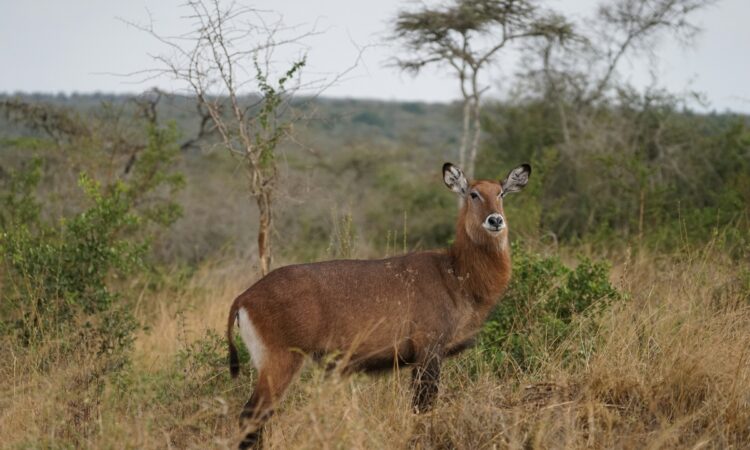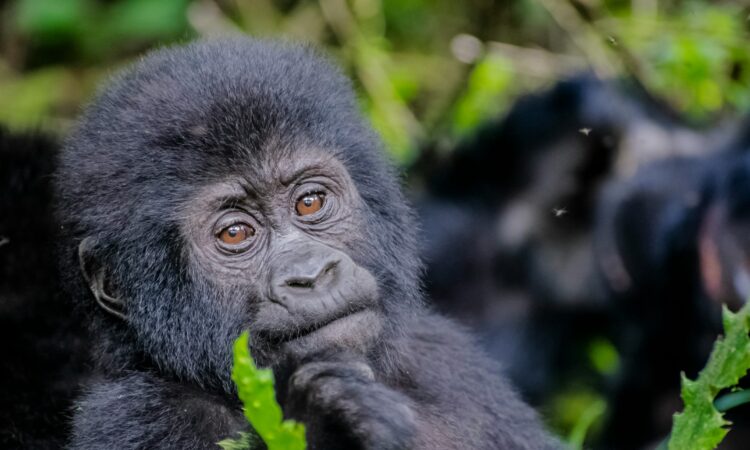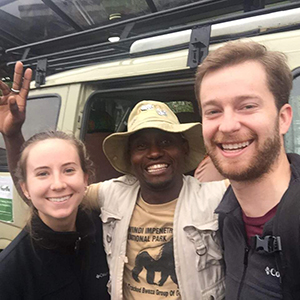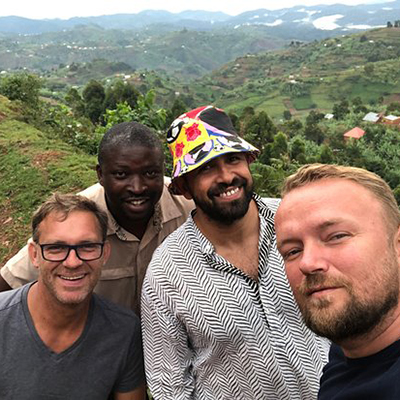Pian-Upe Wildlife Reserve covers an area of over 2,788 square kilometers (231,400 hectares) and is located in the semi-arid Karamoja region in northeastern Uganda. It is the second-largest protected area in the country after Murchison Falls National Park.
The reserve has a breathtaking landscape that includes open acacia and woodland savannah, riverine forests, salty springs, wetlands around Lake Opeta, and volcanic rock kopjes (inselbergs) rising above the plains.
These extend from an altitude of 1,086 meters to the foothills of Mount Napak and Mount Kadam (3,068 meters) along the eastern boundary near the Kenyan border.
The habitat in Pian-Upe Wildlife Reserve supports a rich variety of plants and animals, similar to the Ambosseli-Tsavo ecosystem in Kenya and Tanzania.
Pian-Upe is home to 44 mammal species, six of which—cheetahs, roan antelopes, white-eared kob, Grant’s gazelles, Bohor reedbucks, and mountain reedbucks—are only found in this national park in western Uganda.
The reserve also has 242 bird species, nine of which are endemic to the Somali-Masai biome. These include the Somali-breasted bunting, Bristle-crowned starling, Three-streaked tchagra, Hemprich’s hornbill, Pink-breasted lark, Acacia tit, Hunter’s sunbird, Yellow-billed shrike, and Yellow-vented eremomela.
Other notable birds found in the reserve include the buff-breasted bustard, ostrich, and shoebill stork.
The International Union for Conservation of Nature (IUCN) has classified Pian-Upe as a Category IV Species Management Area, recognizing it as an important natural and cultural site.
History of Pian-Upe Wildlife Reserve

In 1958, the government planned to develop the southern part of the reserve near the Greek River into fruit farms. However, the Uganda Game Department opposed this idea and instead supported conservation efforts.
In 1964, the reserve was expanded northward and renamed Pian-Upe Wildlife Reserve to honor the local people, who are mainly semi-nomadic pastoralists from Nilotic ethnic groups. These include the Kelenjin from Pokot in northwest Kenya and the Karamojong in Uganda.
The Karamojong belong to a clan called “Pian,” which means “good-hearted people.” The Kelenjin-speaking people are known as “Upe,” which means “enemy.” Since the boundaries were not clearly marked, the local people continued to graze and water their animals in the reserve.
This led to habitat destruction and wildlife poaching due to past cattle-raiding conflicts between the two communities. The invasion of the reserve by the Karamojong and Pokot, along with the grazing of domestic animals, severely affected the biodiversity.
Additionally, poaching during Uganda’s post-independence civil wars caused the disappearance of lions, Eastern Black Rhinos, elephants, and giraffes from the reserve.
Despite this, Pian-Upe remains a top destination in Uganda for wildlife viewing and tourism.
To improve tourism, the Uganda Wildlife Authority (UWA) developed facilities such as self-contained and non-self-contained bandas at Moruajore, the park headquarters. Other developments include Loporokocho game-viewing trails, nature walk paths, and trekking routes for Mount Kadam.
Muruajole Hill, which is home to striped hyenas, is also an important cultural site where Karamojong warriors traditionally gather to plan cattle raids against the Pokot.
UWA is working to expand the reserve into a national park by including the Ramsar sites of Lake Opeta and the Bisina wetland system, which are known for hosting Fox’s weaver, the only bird species endemic to Uganda.
In 2019, 15 Rothschild’s giraffes and several impalas were reintroduced to the reserve, and their population has continued to grow.
Related Article: Kyambura Wildlife Reserve – Uganda’s Chimpanzee Tracking & Primate Sanctuary











